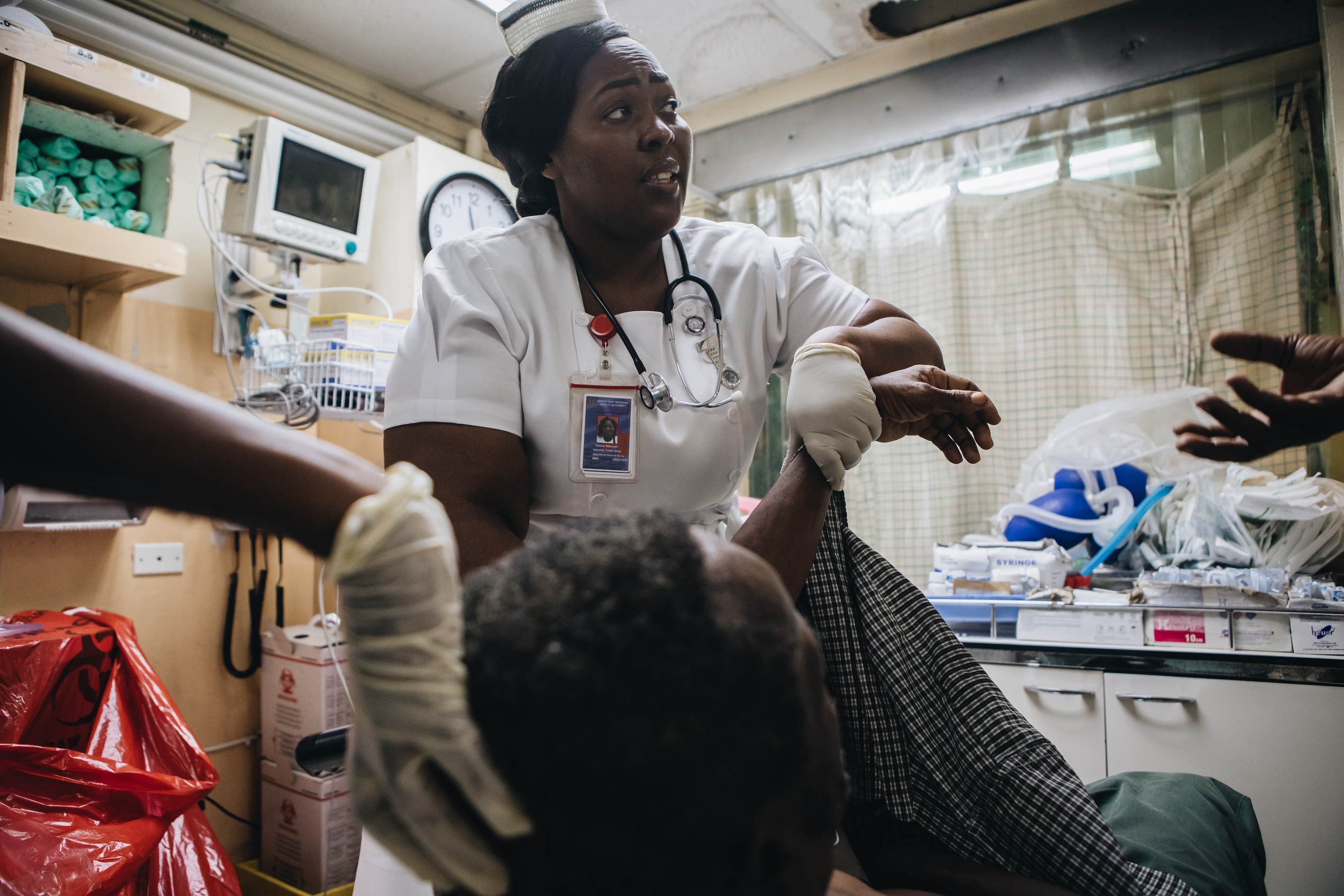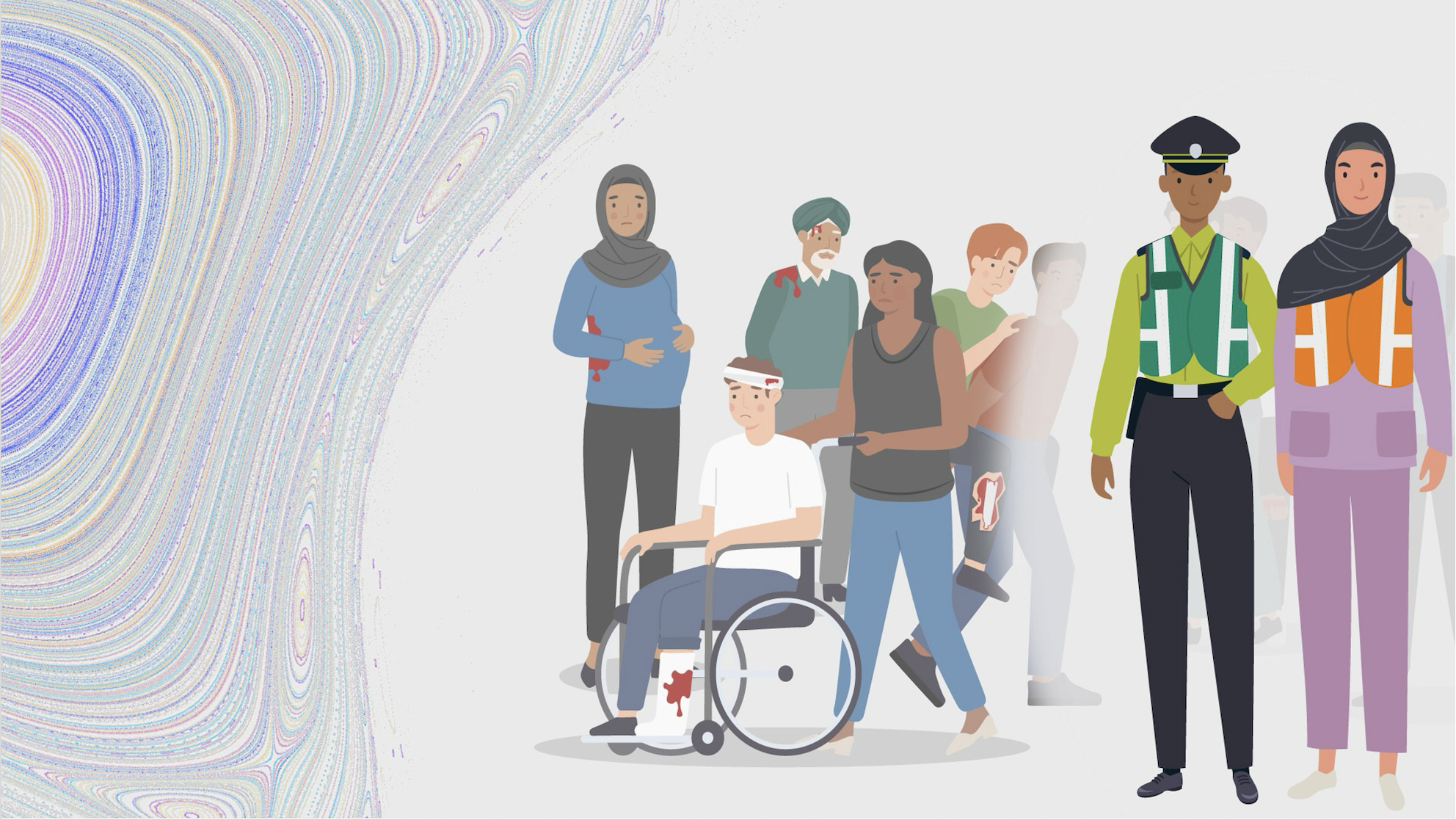/integrated-health-services-(ihs)/clinical-services-and-systems-(csy)/pneumonia.tmb-768v.jpg?sfvrsn=5720584_1)
Essential resources for emergency, critical and operative care
Overview
Essential Resources for Emergency, Critical and Operative care (EREC) are foundational to ensuring timely, effective, and life-saving interventions for acutely ill and injured individuals. Every day, health workers around the world manage a wide spectrum of acutely ill and injured patients—from infections and injuries to heart attacks, strokes, and obstetric complications. EREC offers an open-access bundle of tools tailored for the delivery of Emergency, Critical and Operative (ECO) care across the continuum, from community and primary care settings to the hospital. EREC emphasizes integrated approaches to care packages, platforms and pathways and supports structured care delivery that significantly reduces morbidity and mortality. These tools are designed to enhance capacity and optimize existing resources, making quality ECO services accessible in clinics and at first level hospitals.
Pathways, planning and assessment
Integrated care delivery
Learning programmes
Clinical process tools
High-impact areas
Condition specific
Sepsis, trauma, and palliative care occur across all settings, requiring timely recognition and coordinated management. Their complexity underscores the need for strong ECO care systems to deliver integrated, patient-centred responses.
Clinical quality improvement
Implementation and advocacy
Integrating ECO into national policies, service packages, and training programmes is critical to strengthen system readiness for acute conditions. Country stories illustrate real-world progress and lessons learned, while advocacy guides help mobilize commitment, financing, and partnerships. Networks enable coordinated advocacy and action across countries and partners, demonstrating how ECO reduces preventable deaths, strengthens health security, and embeds acute care within universal health coverage.
Country stories
Networks
Publications
Developed collaboratively by WHO, including the WHO Global Alliance for Care of the Injured, and the Global Alliance of NGOs for Road Safety, this guide...
The Decade of Action for Road Safety 2011-2020 provides a framework for key activities that governments, international agencies, civil society organizations...

/integrated-health-services-(ihs)/clinical-services-and-systems-(csy)/emergency-care-system-framework6172b2c900df4ca7aa028eb6967ad3e3.png?sfvrsn=efadfe8d_2)
/integrated-health-services-(ihs)/clinical-services-and-systems-(csy)/ecsa-aze.jpg?sfvrsn=81b5d011_2)

/integrated-health-services-(ihs)/clinical-services-and-systems-(csy)/peat-cover.jpg?sfvrsn=b0f062f_2)
/integrated-health-services-(ihs)/clinical-services-and-systems-(csy)/heat-cover.jpg?sfvrsn=942dd585_1)






